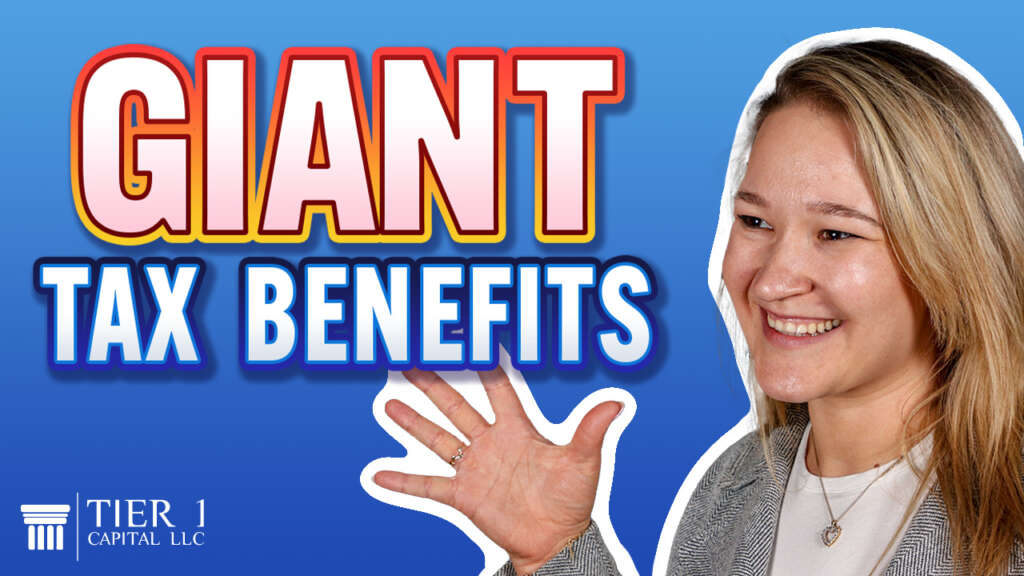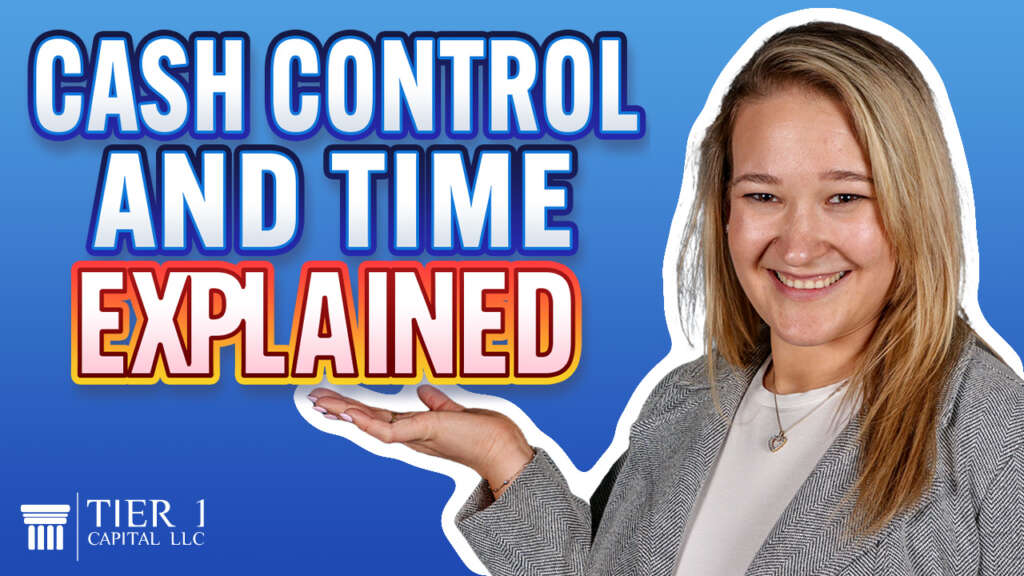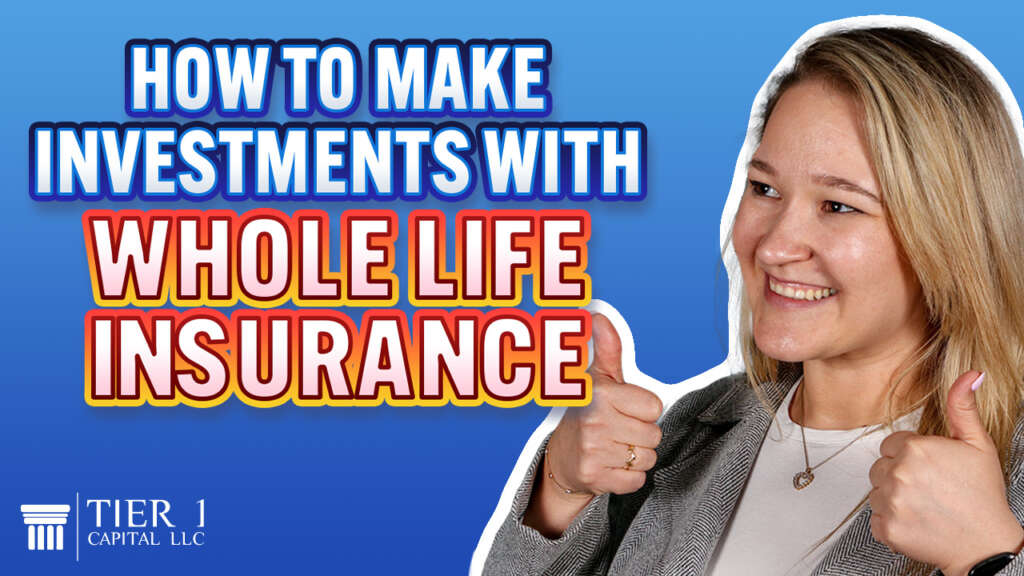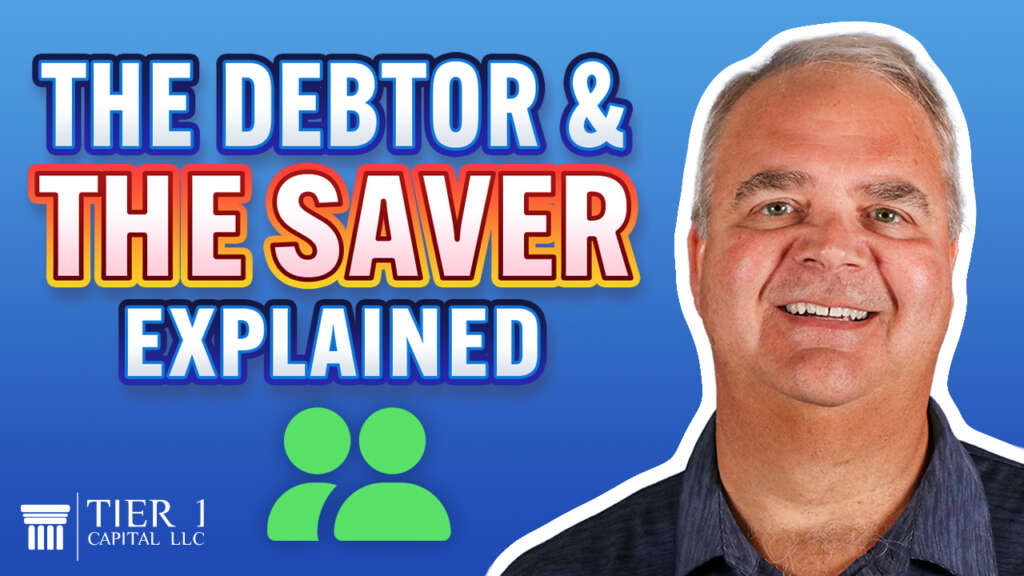
We often talk about the living benefits associated with cash value life insurance. Wouldn’t the best way to make sure your money goes as far as possible and as as efficient as possible be by protecting it from taxes?
Before we get started, let’s address the elephant in the room. Are you able to deduct premium payments toward your life insurance policy? The answer is a big fat no. You may be wondering why. Well, let’s think of it this way.
If you were to deduct this small premium payment over here while you’re still living it would cause this huge guaranteed pile of money, the death benefit to be taxable to your named beneficiary.
One of the hallmarks of life insurance is that you could take pennies in premium and turn them into dollars in death benefit. That is maximum leverage. By getting a tax deduction on the pennies, you get a taxable bill on the dollars. That’s not a good trade off. It simply doesn’t make sense.
So although you may be looking for strategies for living tax benefits while you’re alive, it doesn’t make sense to sacrifice the tax free death benefit in the long run. Here’s another key. There are so many tax advantages to owning cash value life insurance, and we’re going to go into those right now.
First of all, tax free access to policy loans via the policy loan provision. And keep in mind, all loan proceeds are, in general tax free. Using the loan provision allows you to tap into that cash value, to use it for whatever you want to use it for. Whether it be to send your kids to school, grow your business, do a home improvement. It’s a contractual guarantee, meaning you don’t have to justify what you’re using the money for because you’re guaranteed access to those policy loans via the contract between you and the life insurance company.
Another big benefit is that the cash value does not have to be reported on the FAFSA, which is the Free Application for Federal Student Aid. Meaning when it’s time for your children to go to college, the money that’s stored in the life insurance cash value isn’t going to be reported and isn’t going to be counted against your college tuition aid. There is not even a question on the FAFSA form to disclose cash value in your life insurance.
Another tax benefit is that the policy cash value is able to grow on a tax deferred basis as long as it’s in the life insurance contract. That’s why we talk about using policy loans so much, because not only do you have access on a tax free basis via the policy loans, but you also have tax deferred growth within the contract.
So you’re able to experience continuous compound interest on that cash value even after you access it through the policy loans, for example. What that means is when you access a loan on your life insurance policy, your money continues to grow as if you hadn’t borrowed.
A life insurance policy loan is a collateralized loan. You’re not borrowing from the policy, you’re borrowing against the cash value. And the cash value is the collateral. But here’s a caveat: that only happens if your policy is what’s known as non direct recognition, meaning that the insurance company will not penalize you by giving you a lower dividend if you have a policy loan.
The companies we typically deal with are non-direct recognition, meaning the policy is going to perform the same for our policyholders, whether or not they have a life insurance policy loan outstanding or not. But it will vary from company to company.
Another tax benefit is the fact that distributions from a life insurance policy in retirement will have no federal income tax, no state income tax, no Social Security offset tax, and will not be counted towards your contribution for your Medicare premium. That’s four taxes that you will not have to pay if you access your money through your policy in the proper way.
With a life insurance policy, all of the premiums that you pay into the contract are accessible on a tax free basis. It’s basically a return of premium. Anything that grows over that contributed amount is going to be fully taxable as income, but you could get around that by accessing it through policy loans after that basis is used up.
So recapturing your cost basis is actually called FIFO. First in, first out. The first dollars you take out are considered the first dollars you put in, which would be your cost basis. Which is a huge benefit.
What are the tax benefits of life insurance? The money goes in with after tax dollars, the money grows on a tax deferred basis. You can access the money through the loan provision on a tax favored basis. When you take distributions in retirement, the first dollars out are considered the first dollars you put in, which means you can recover the money you put into the policy on a tax free basis.
Then in retirement you can over your basis, you can take money out through the loan provision and again, avoid the taxes, state income tax, federal income tax, Social Security offset tax, no increase in your Medicare premium. Then when you pass away, the death benefits pass outside of probate, in most states, and in most states pass outside of state inheritance or estate taxes.
Finally, when you die, the death benefit goes to your name beneficiary on a federal income tax free basis. And here’s the point It’s not about rate of return, although the rate of return is really strong. It’s about maximizing what the tax code allows you to take advantage of.
So let’s summarize where we are so far. You put money in a life insurance policy with after tax dollars, the money grew on a tax deferred basis. You are able to access it through the loan provision on a tax favored basis. You put the money back in, you took it back out again however often you want.
Now you go to retirement time and guess what? No state income tax, no federal income tax, no Social Security offset tax, no increase in Medicare premium. So we got you through into retirement with tax advantages and now you pass away. The death benefit passes to your name beneficiary on a tax free basis. And in most states, the death benefit is not counted towards probate and it will pass outside state inheritance or state estate taxes.
Remember, it’s not how much money you make. It’s how much money you keep that really matters.













